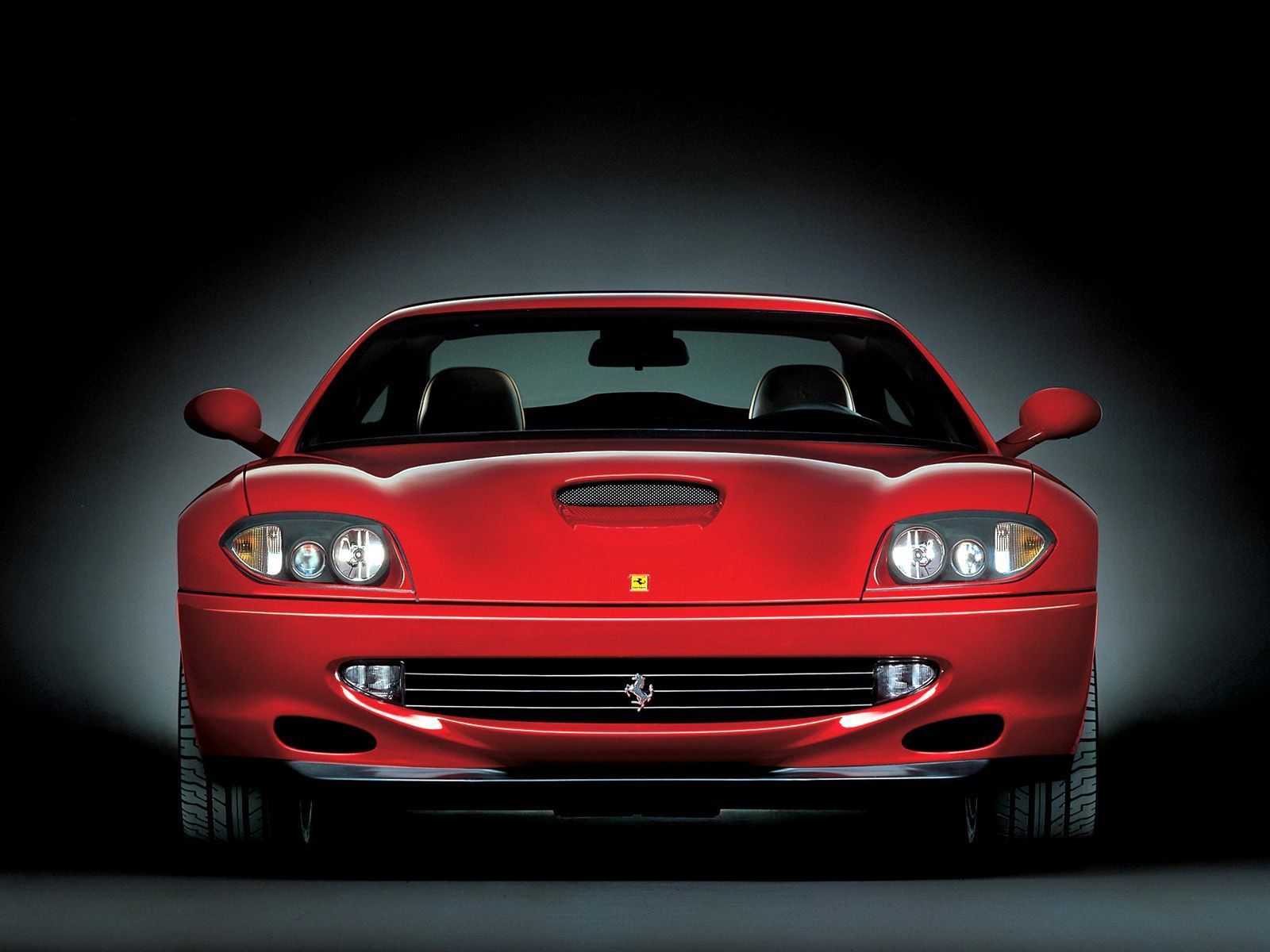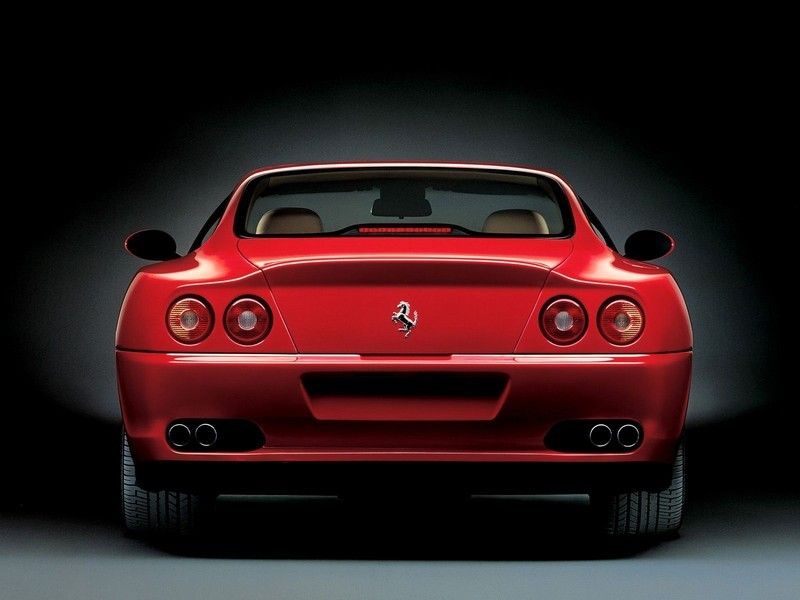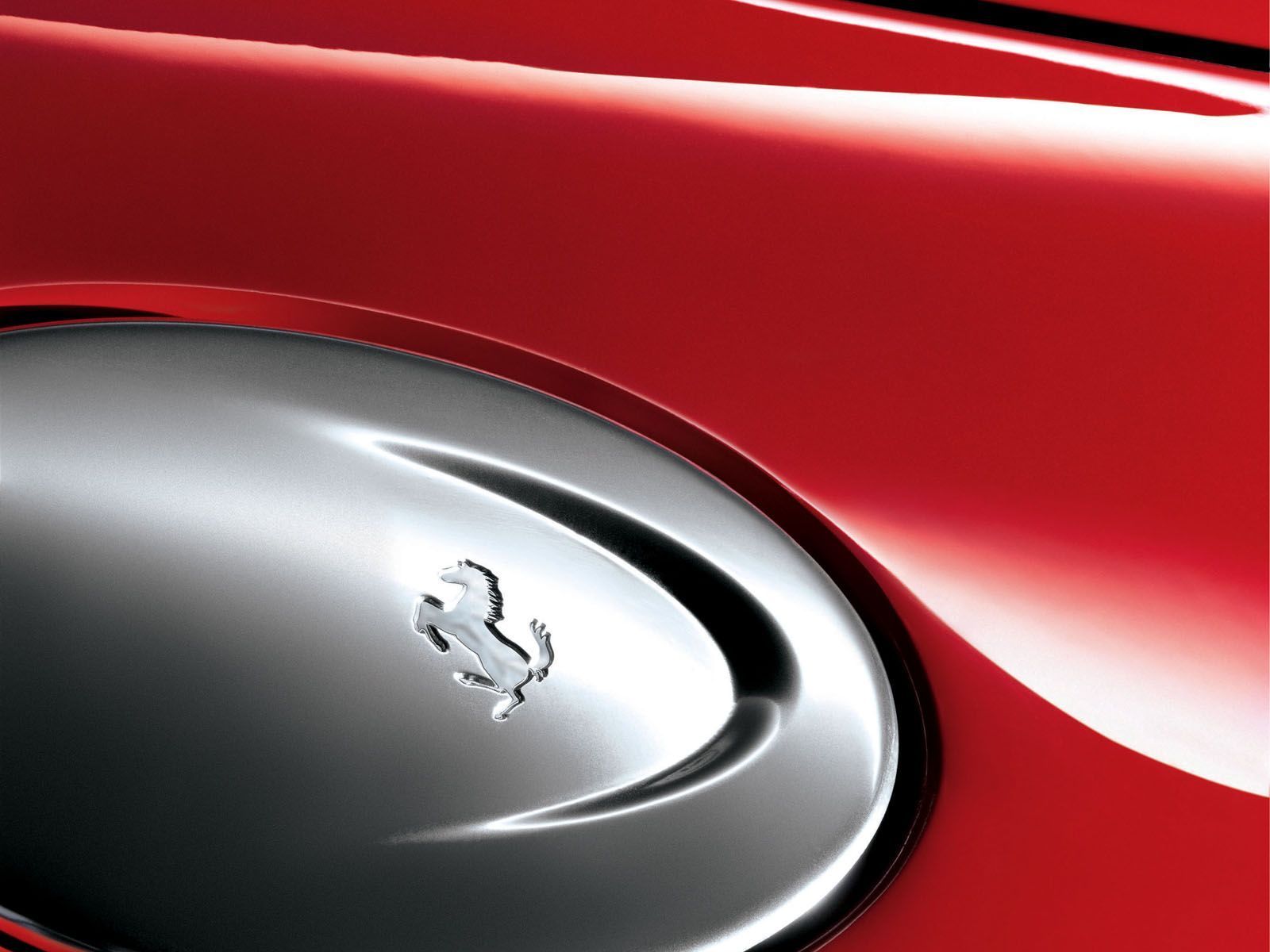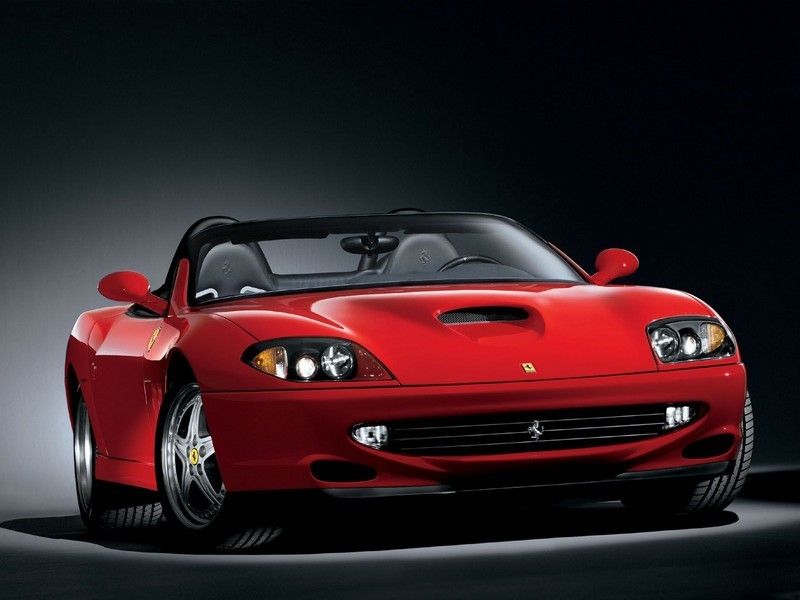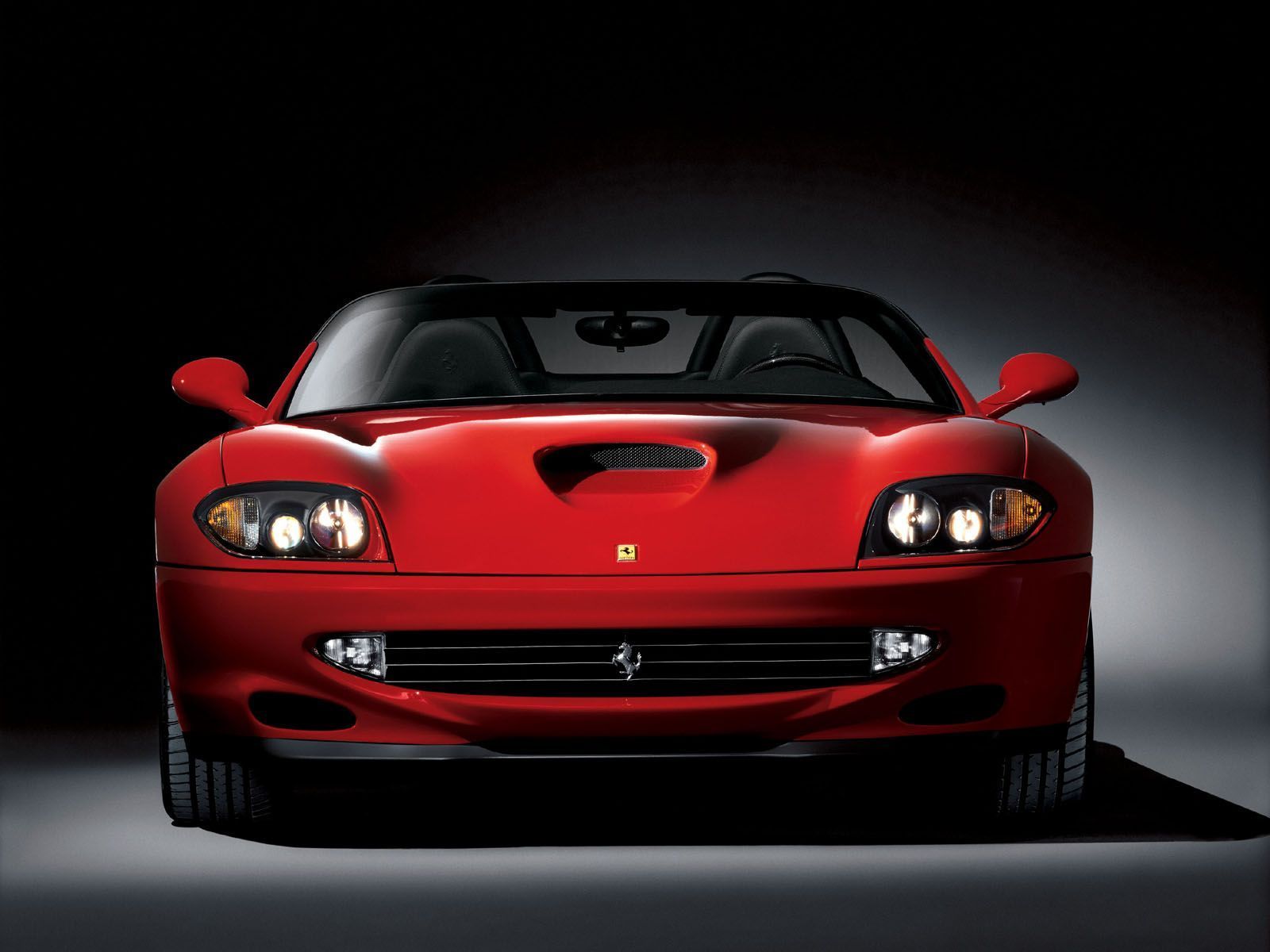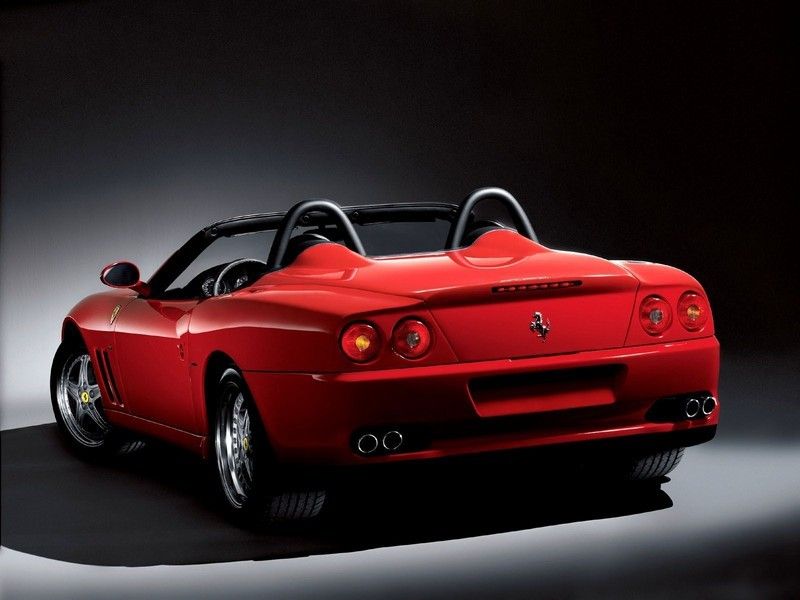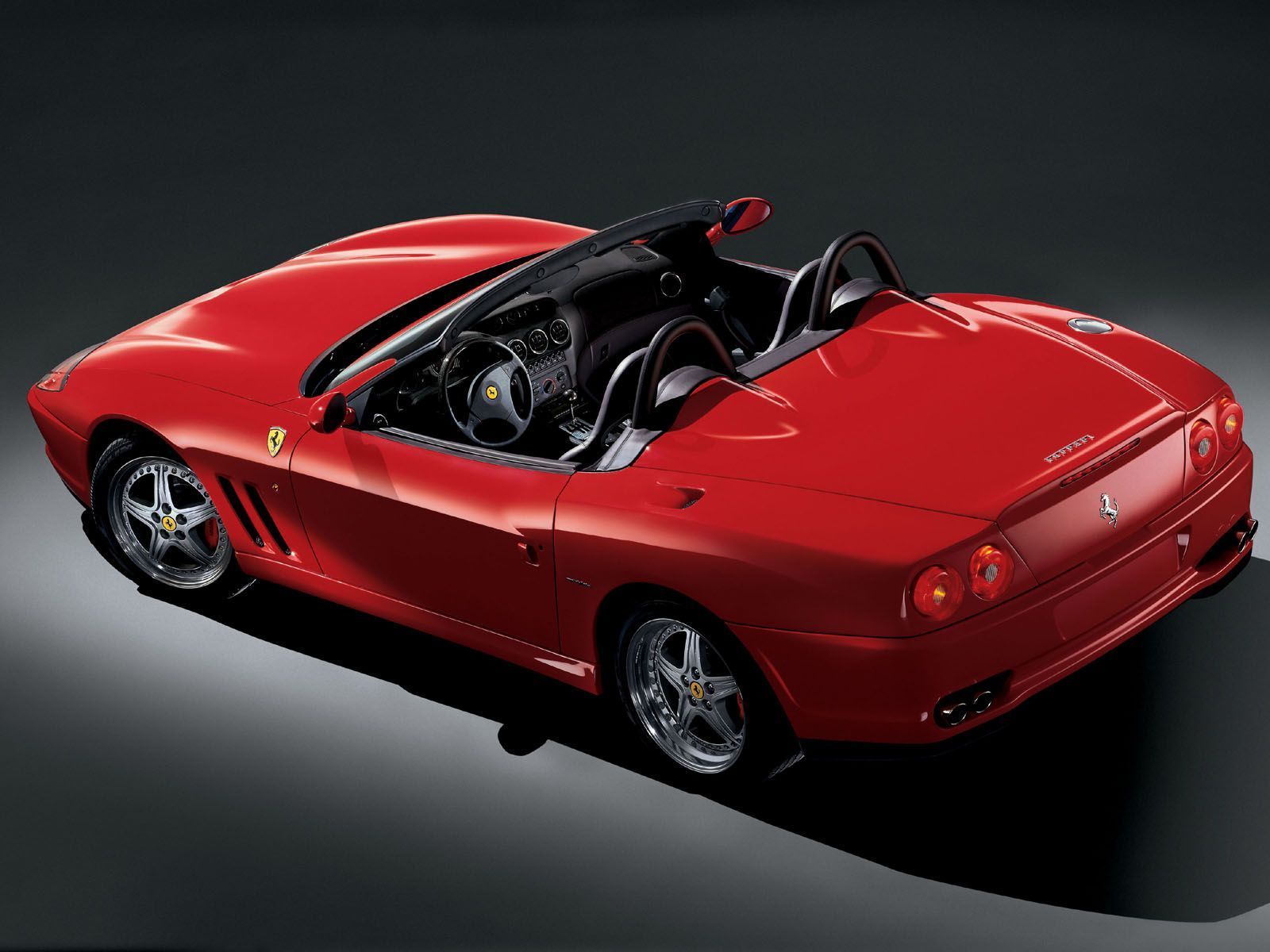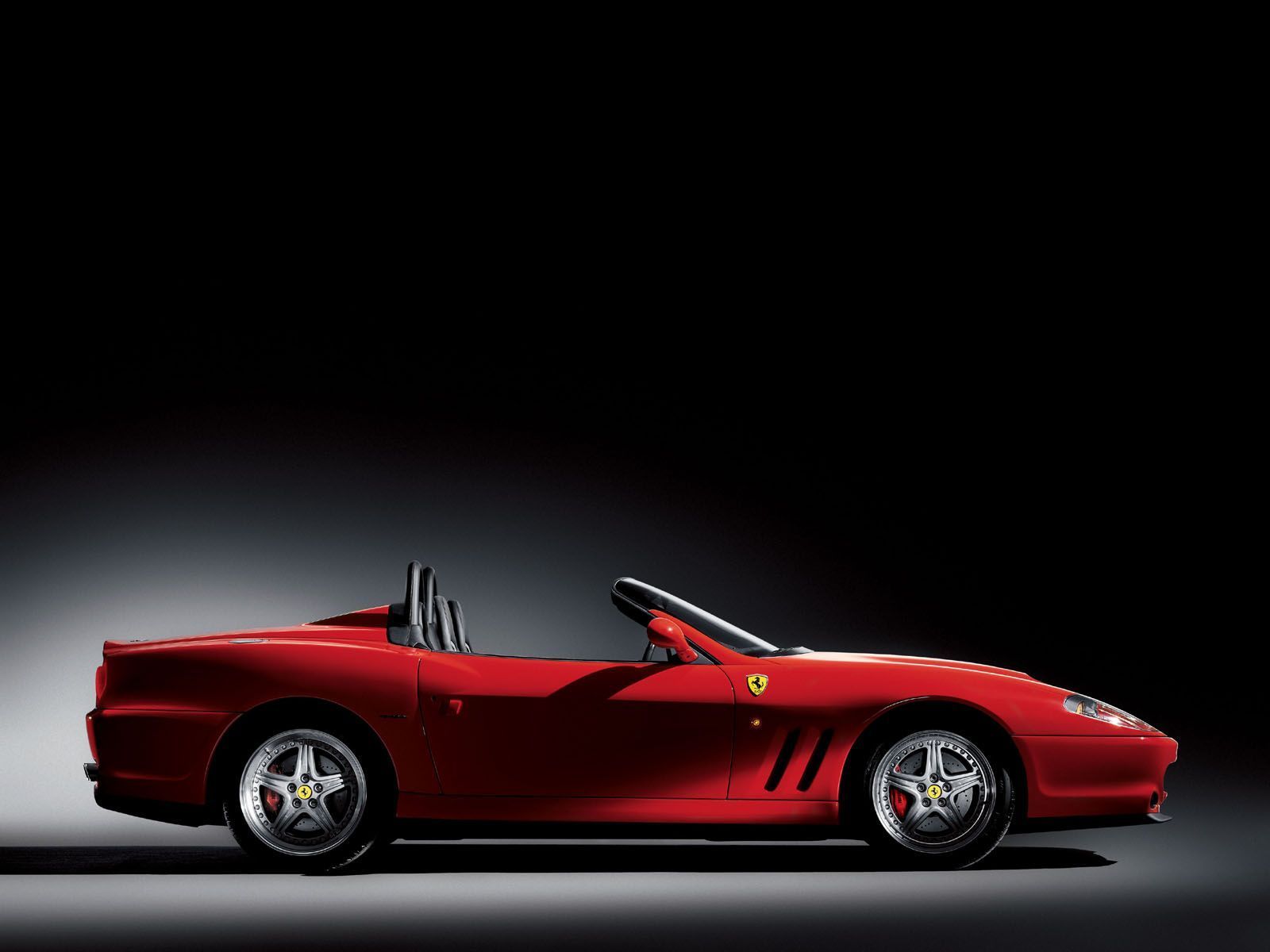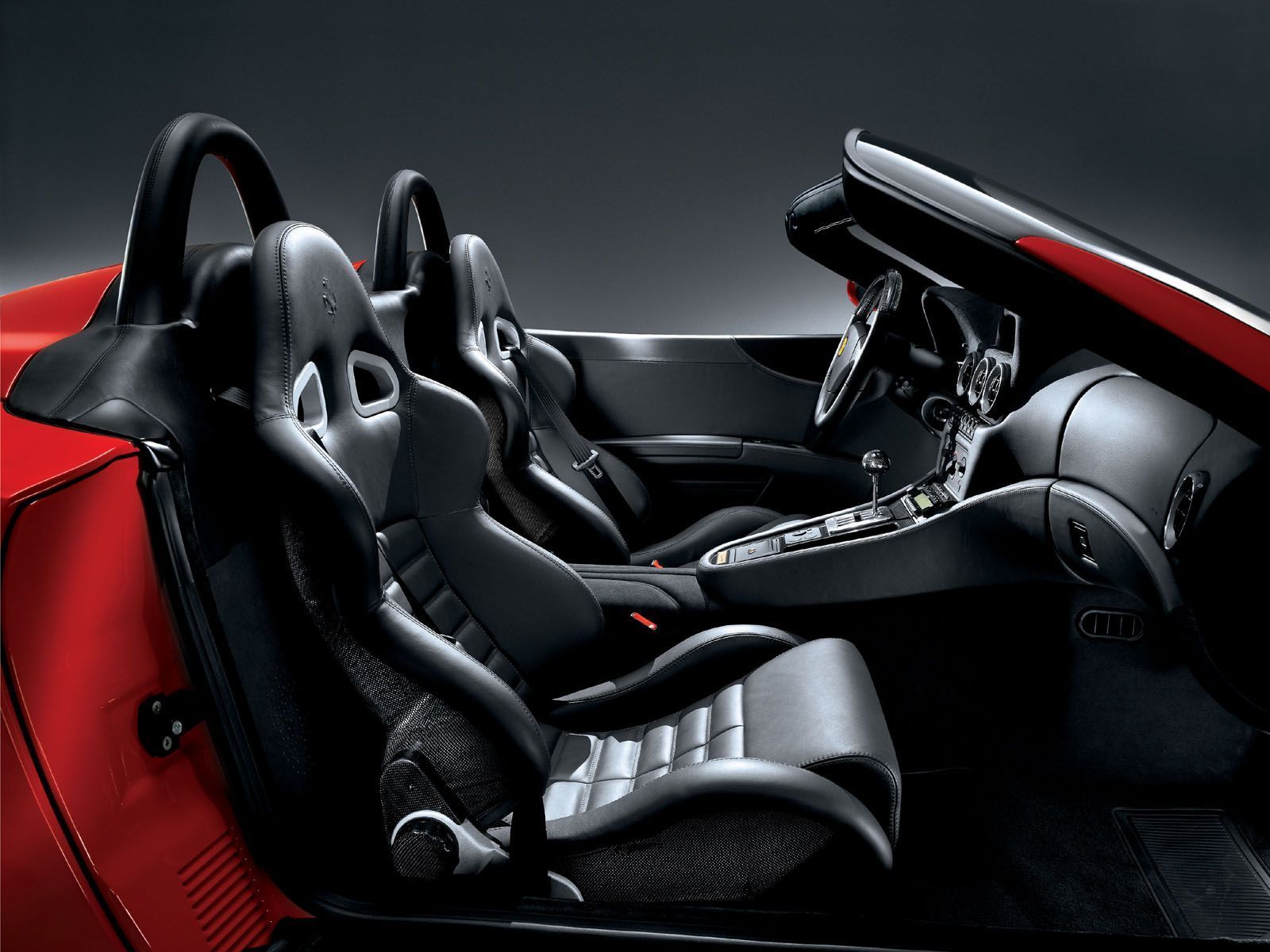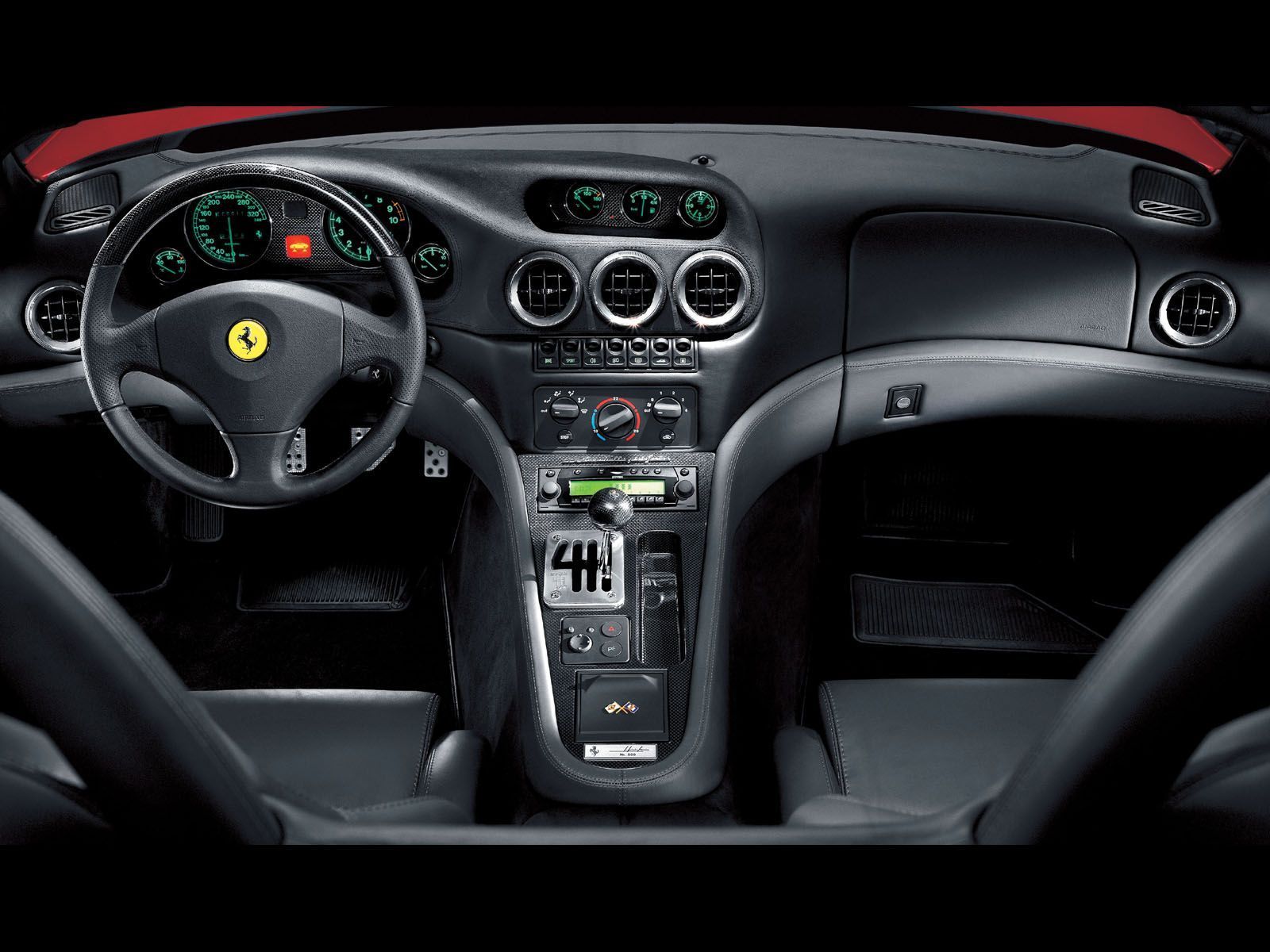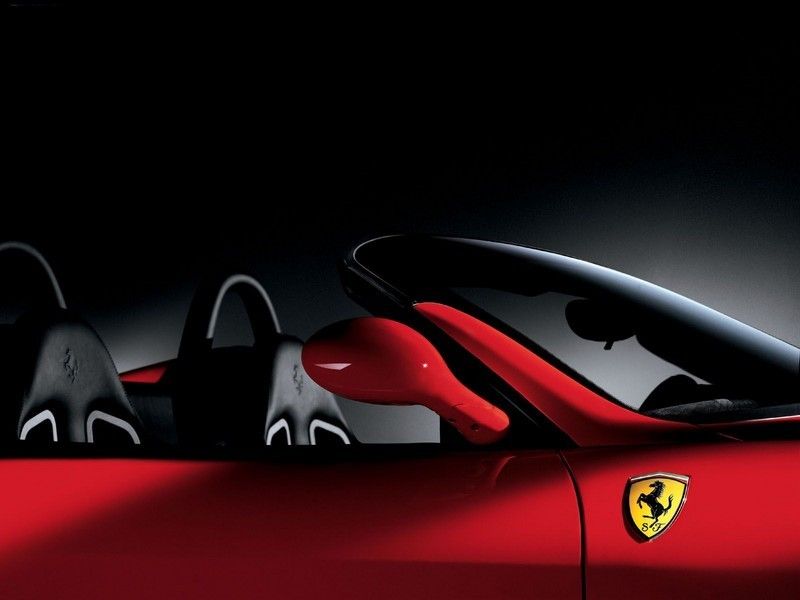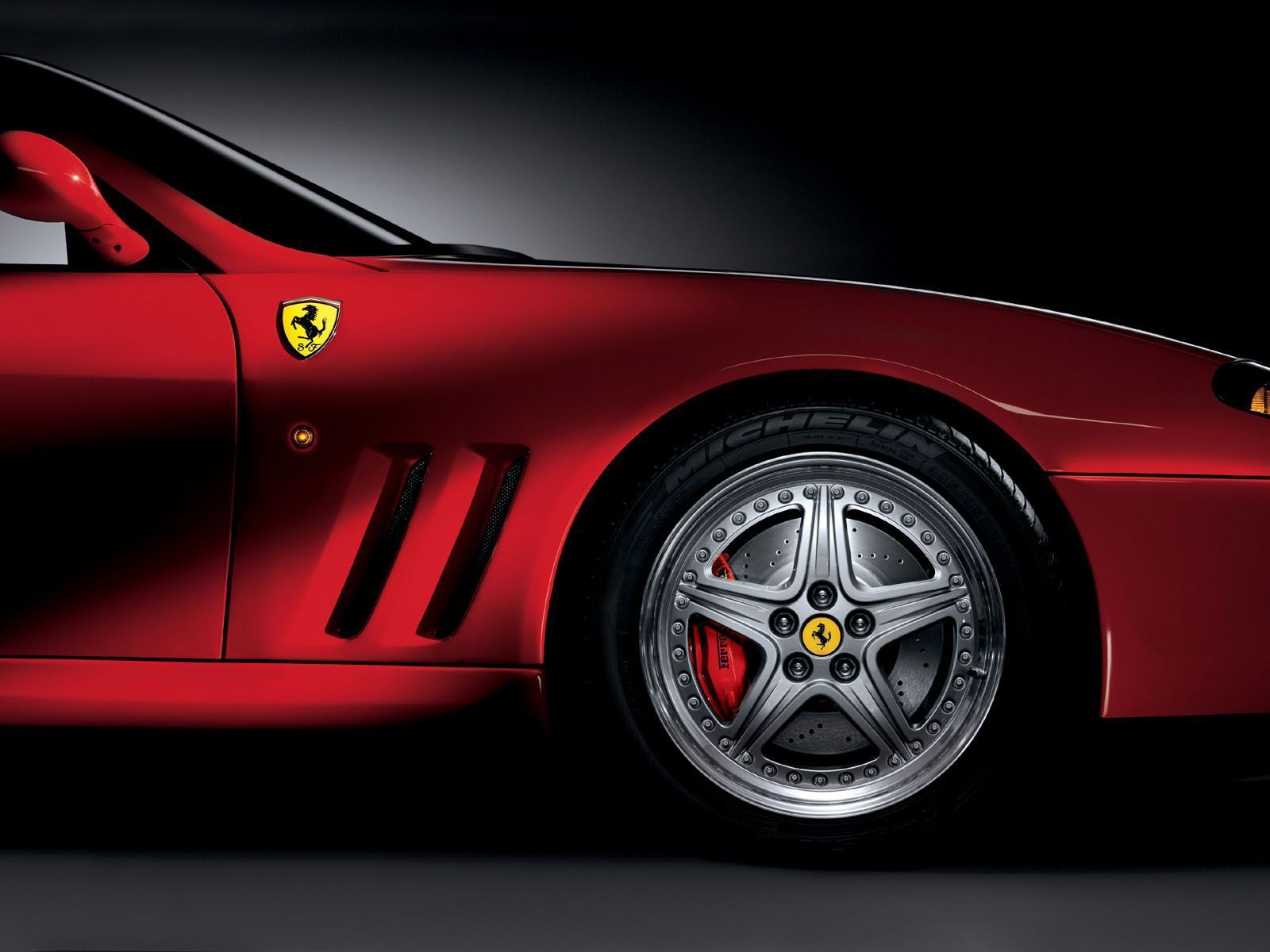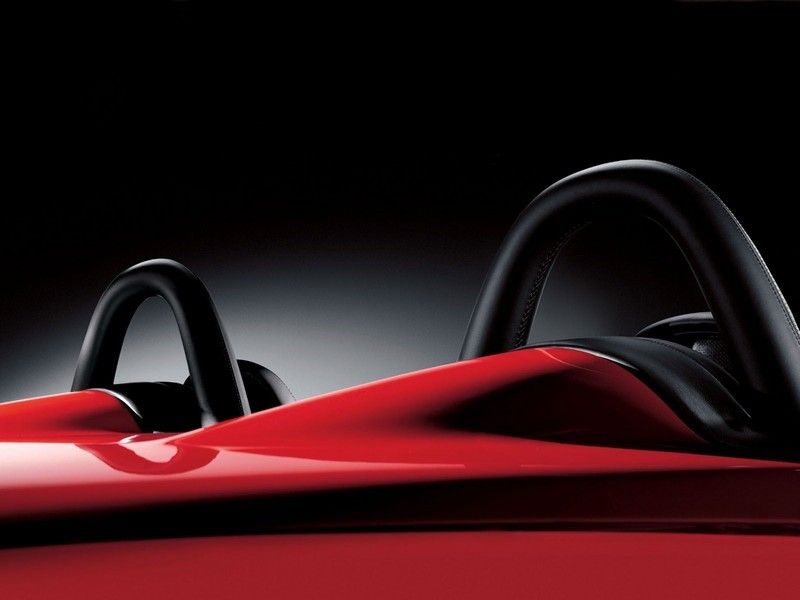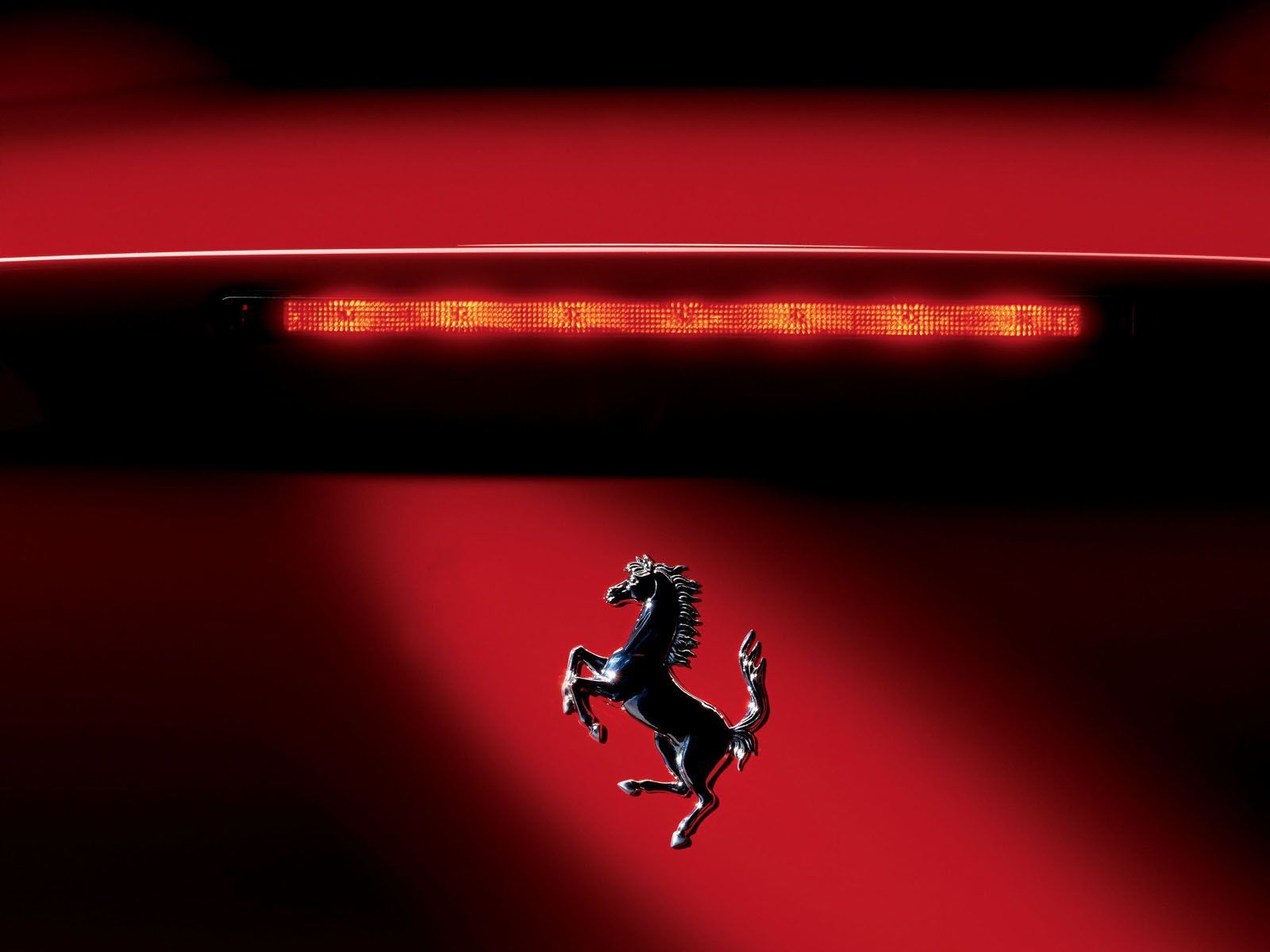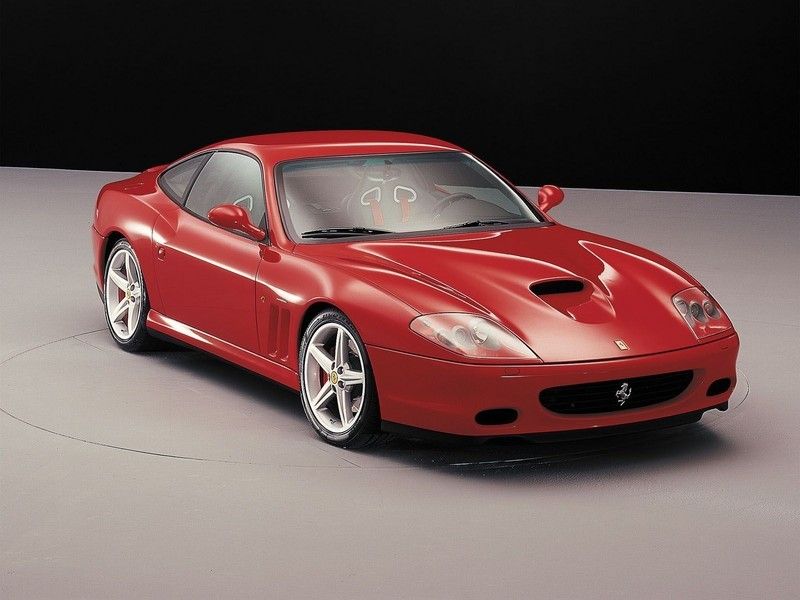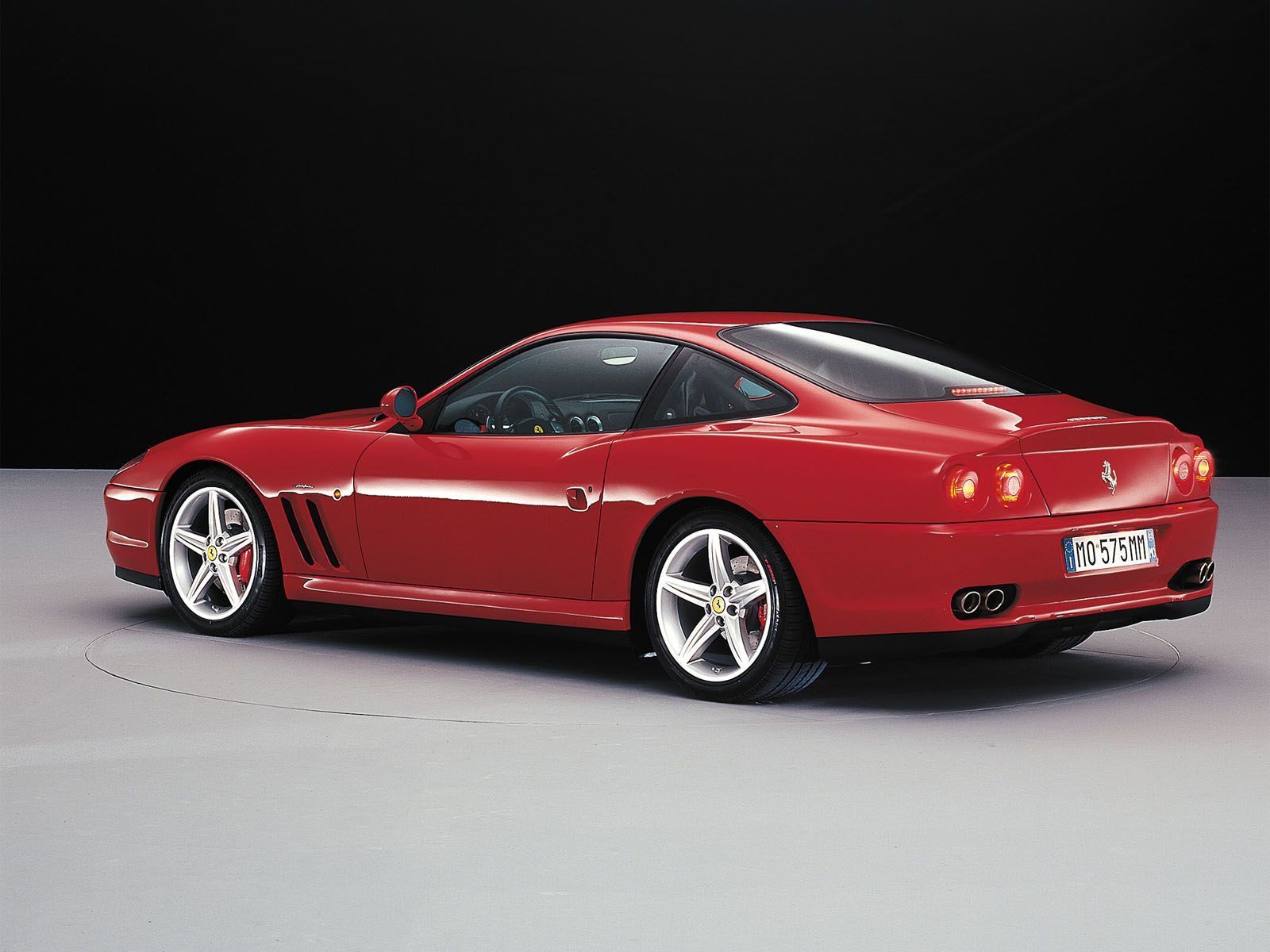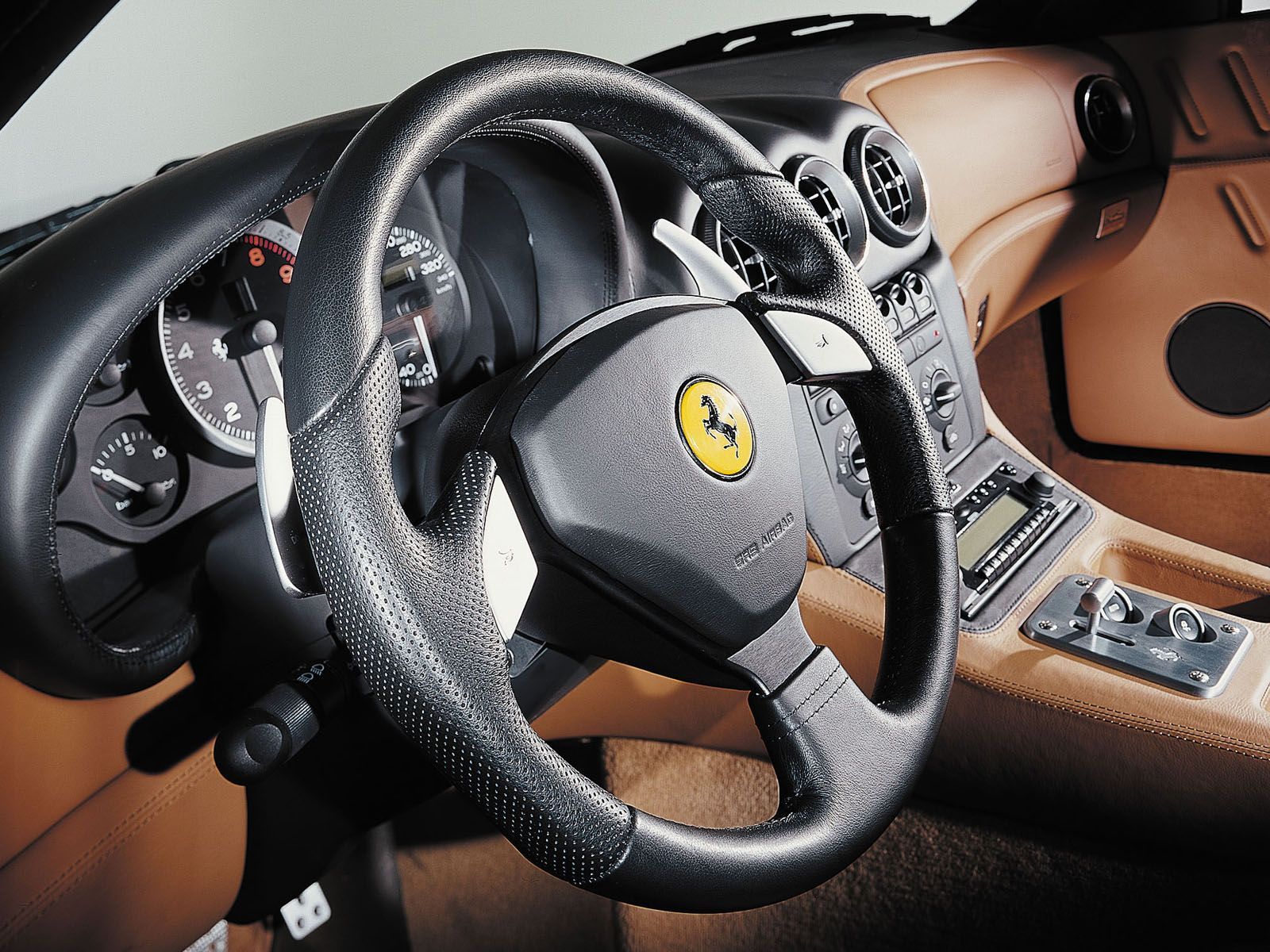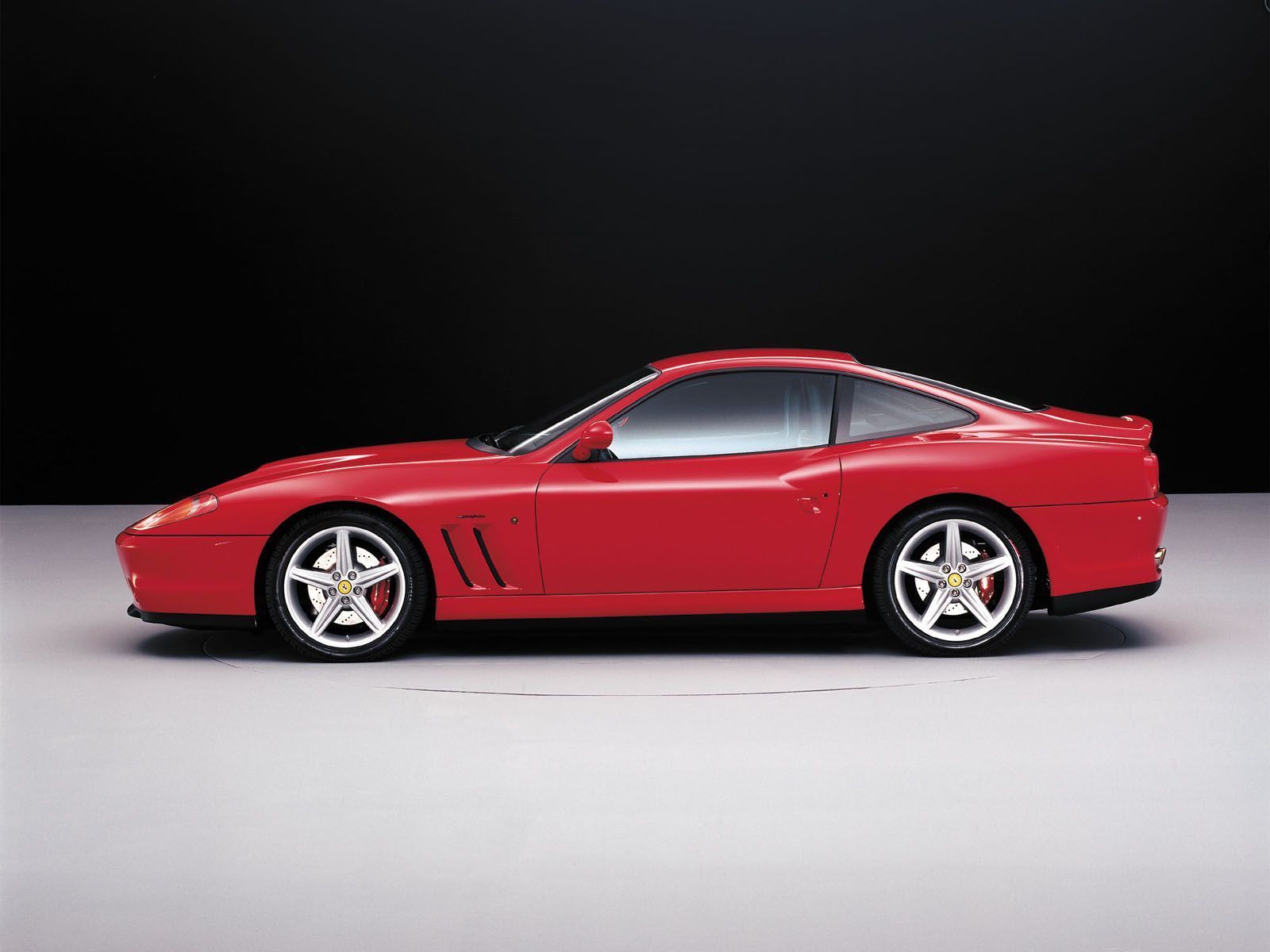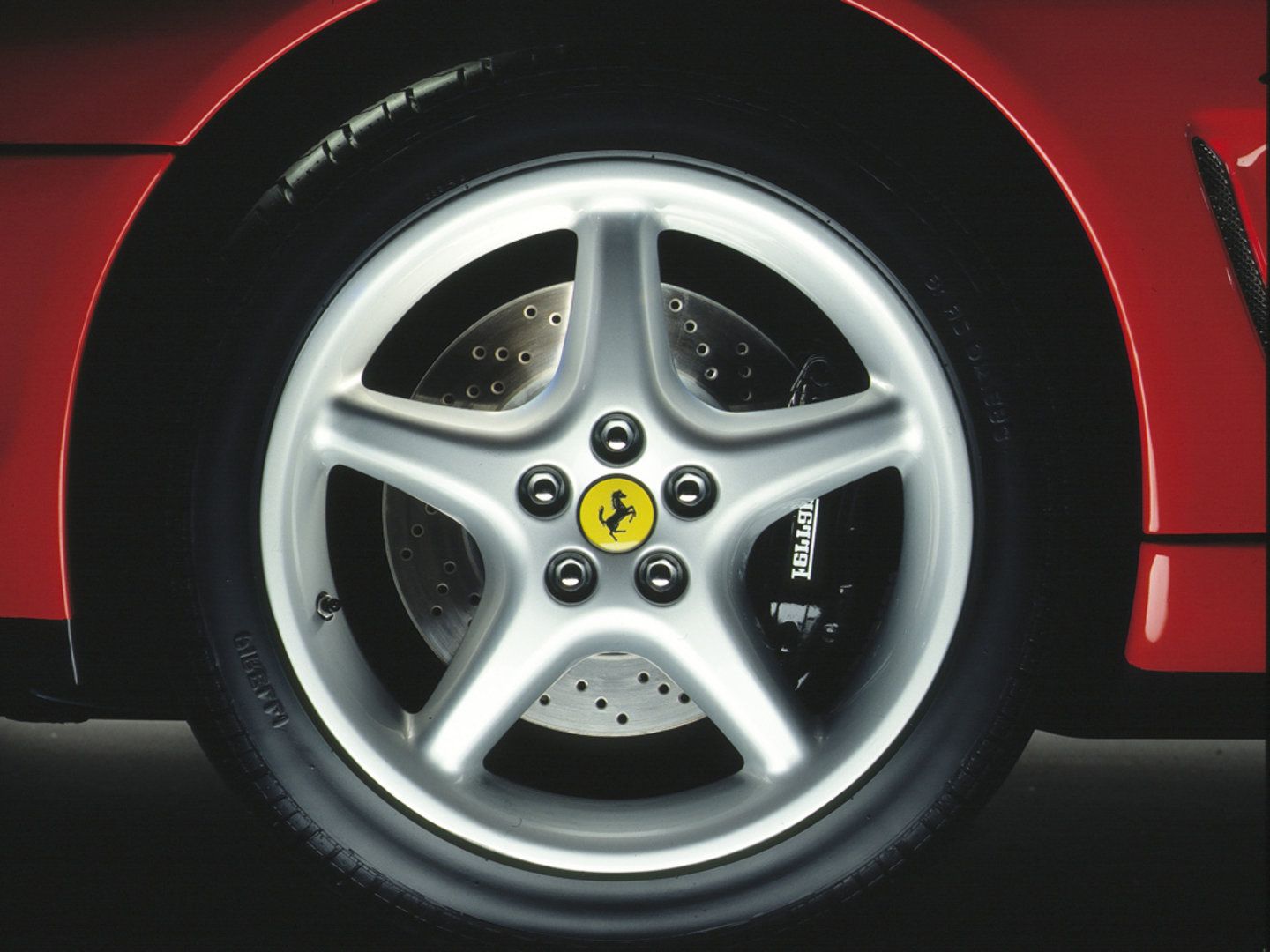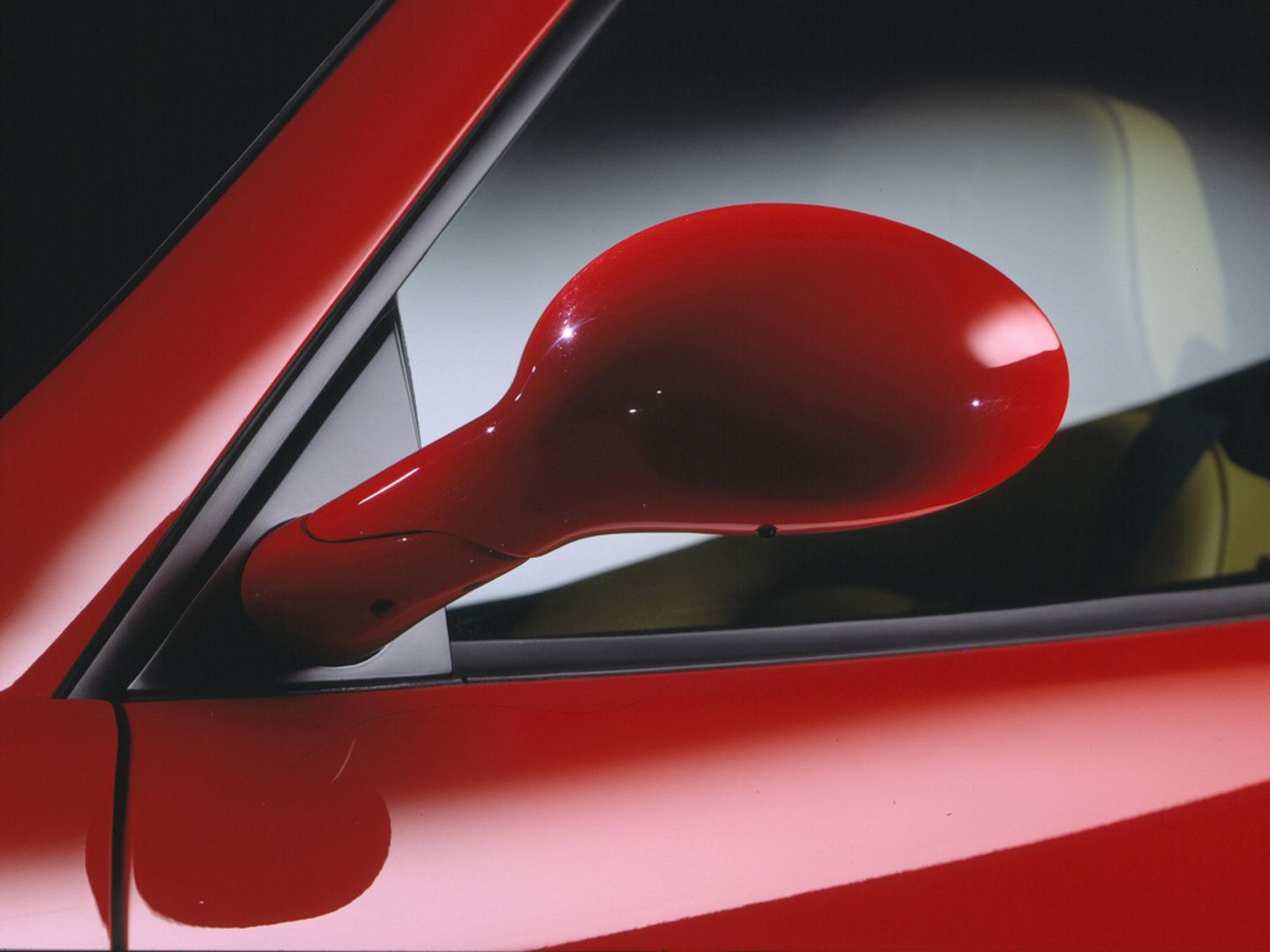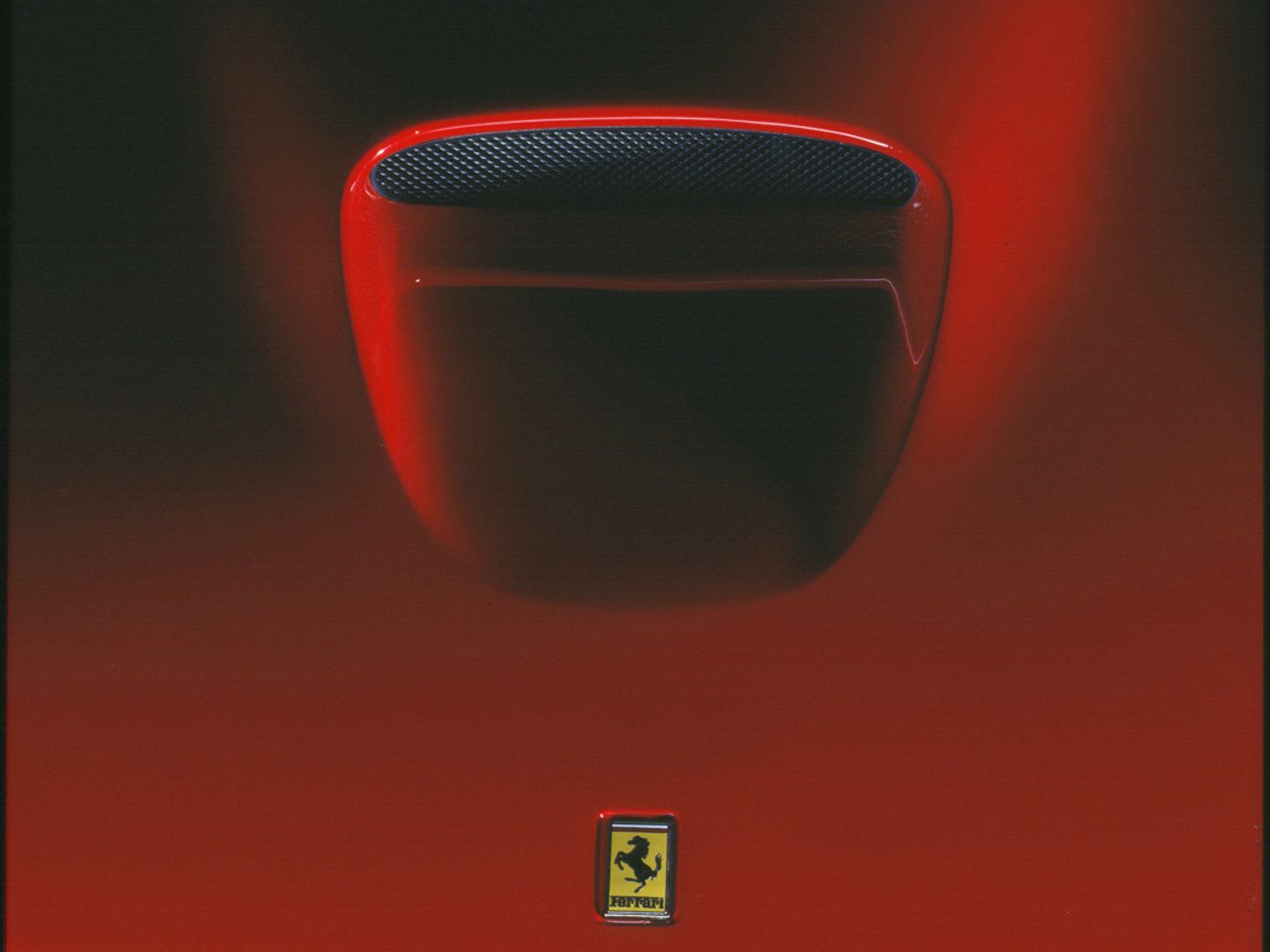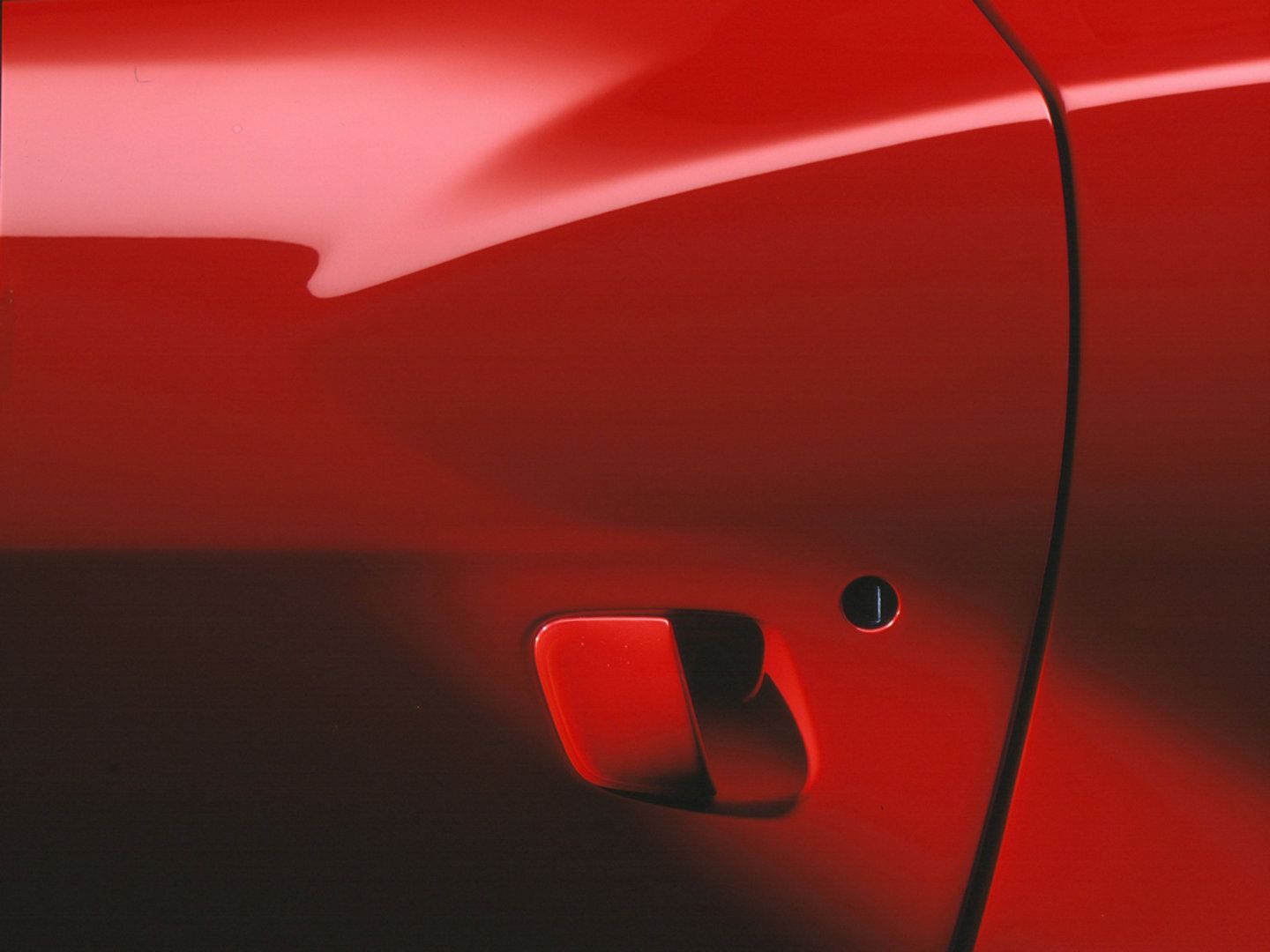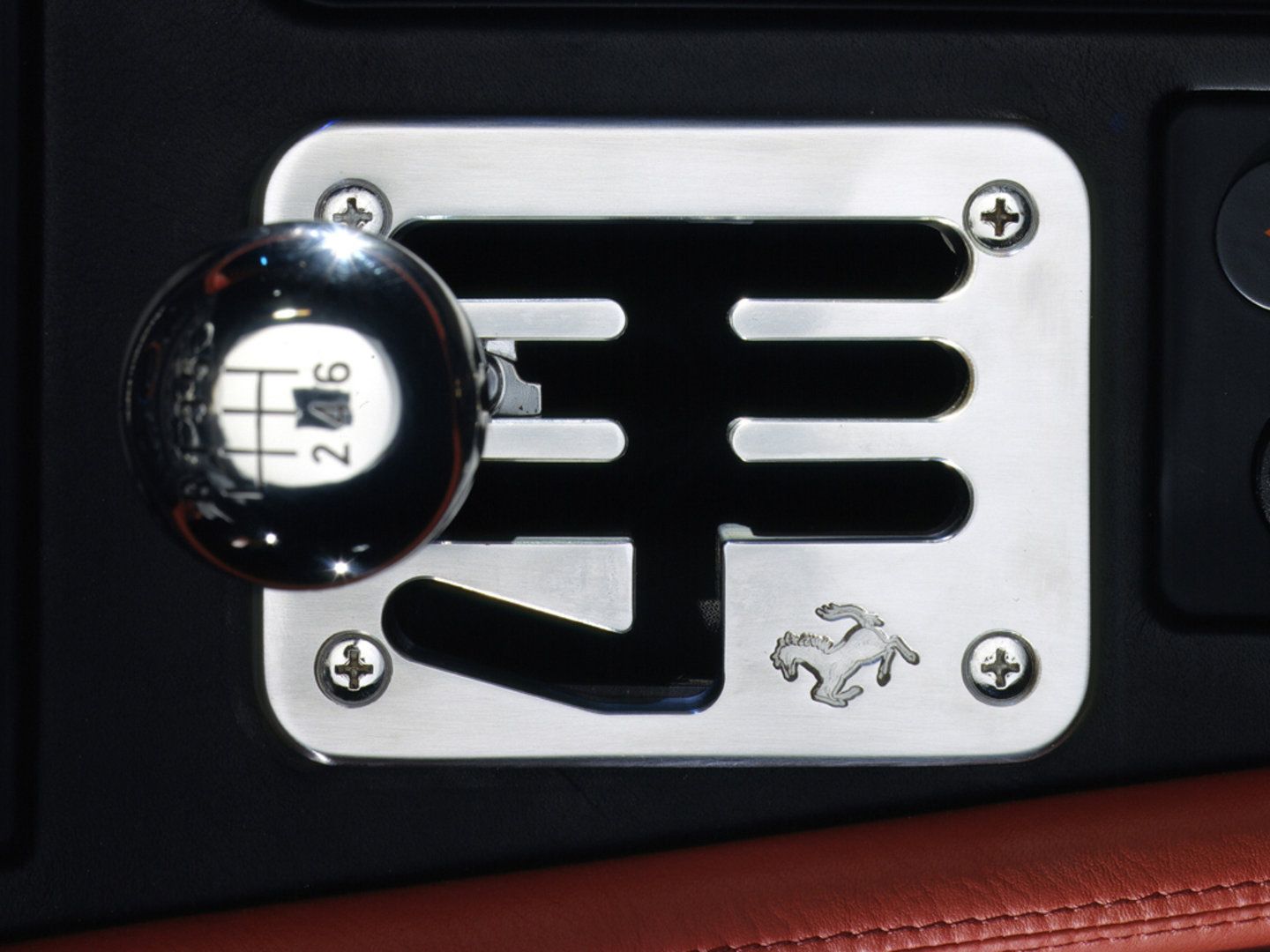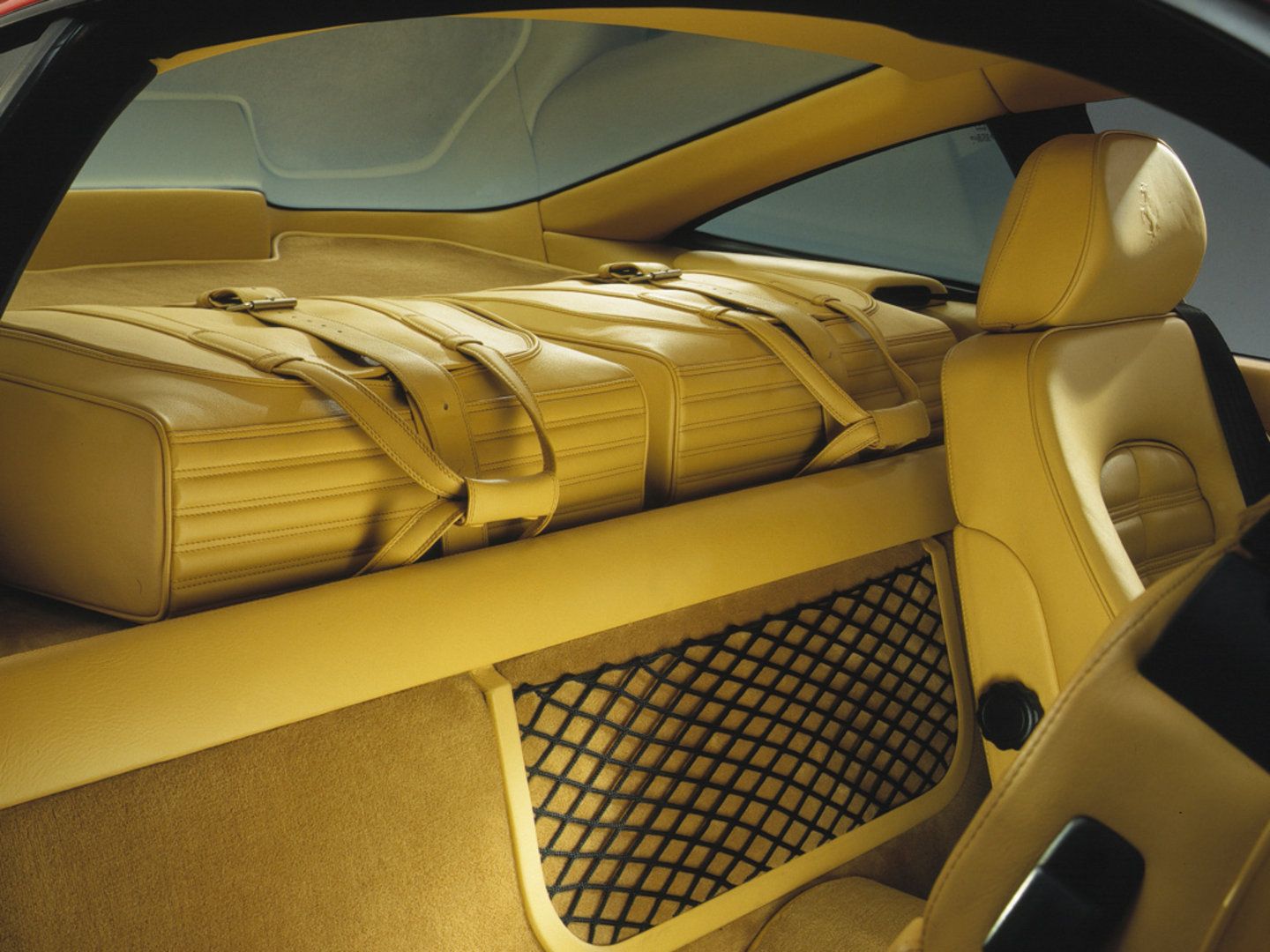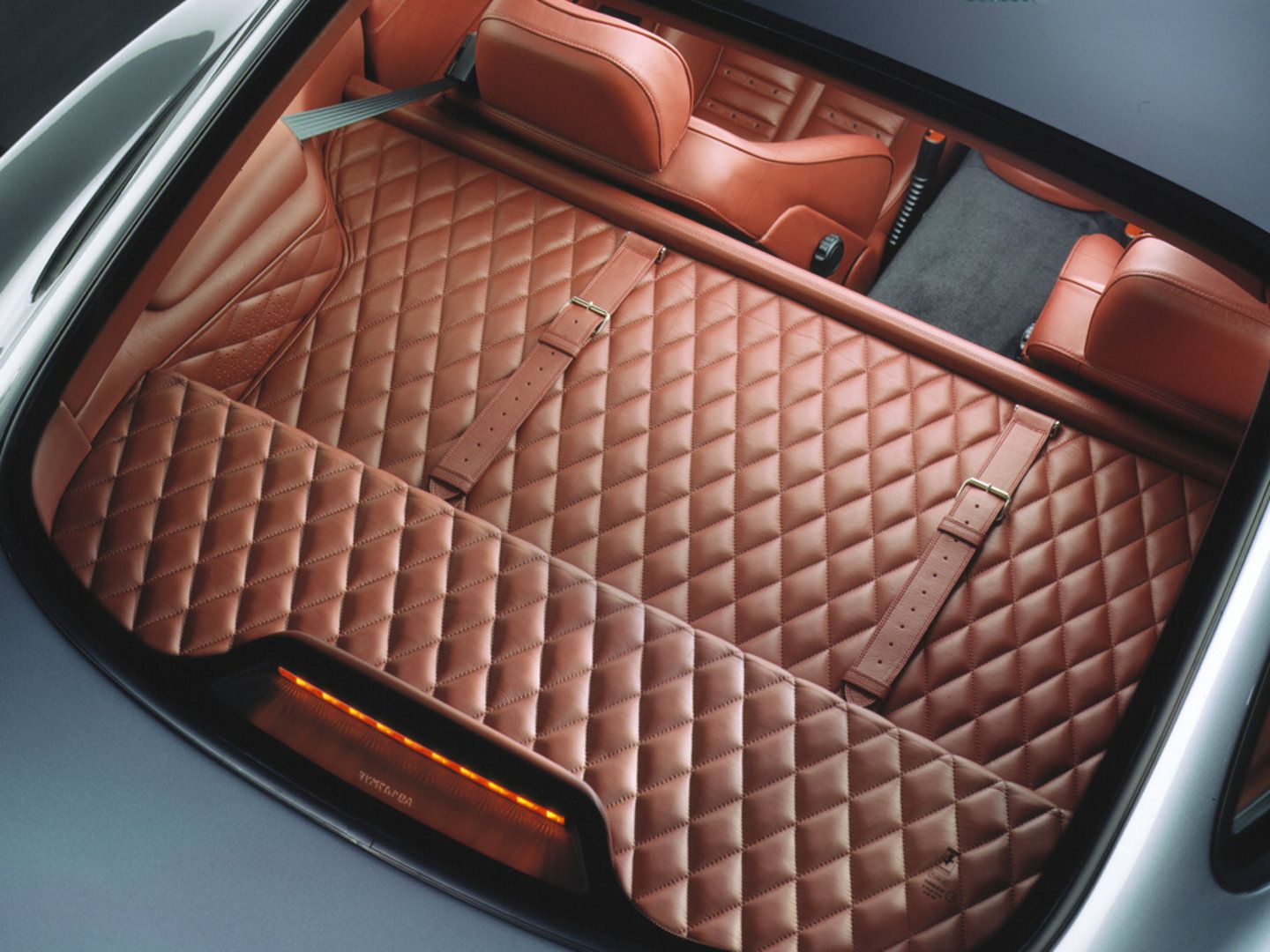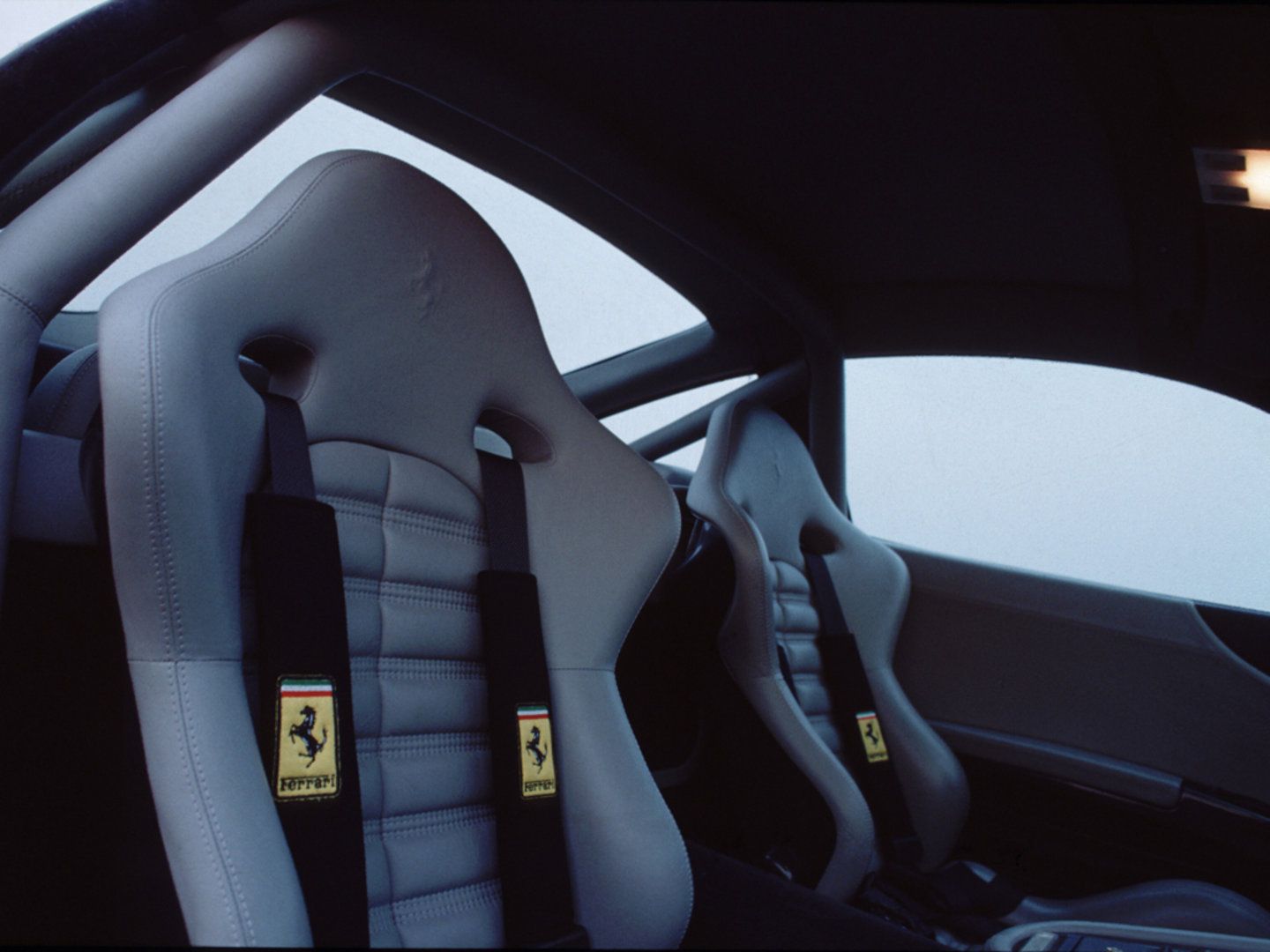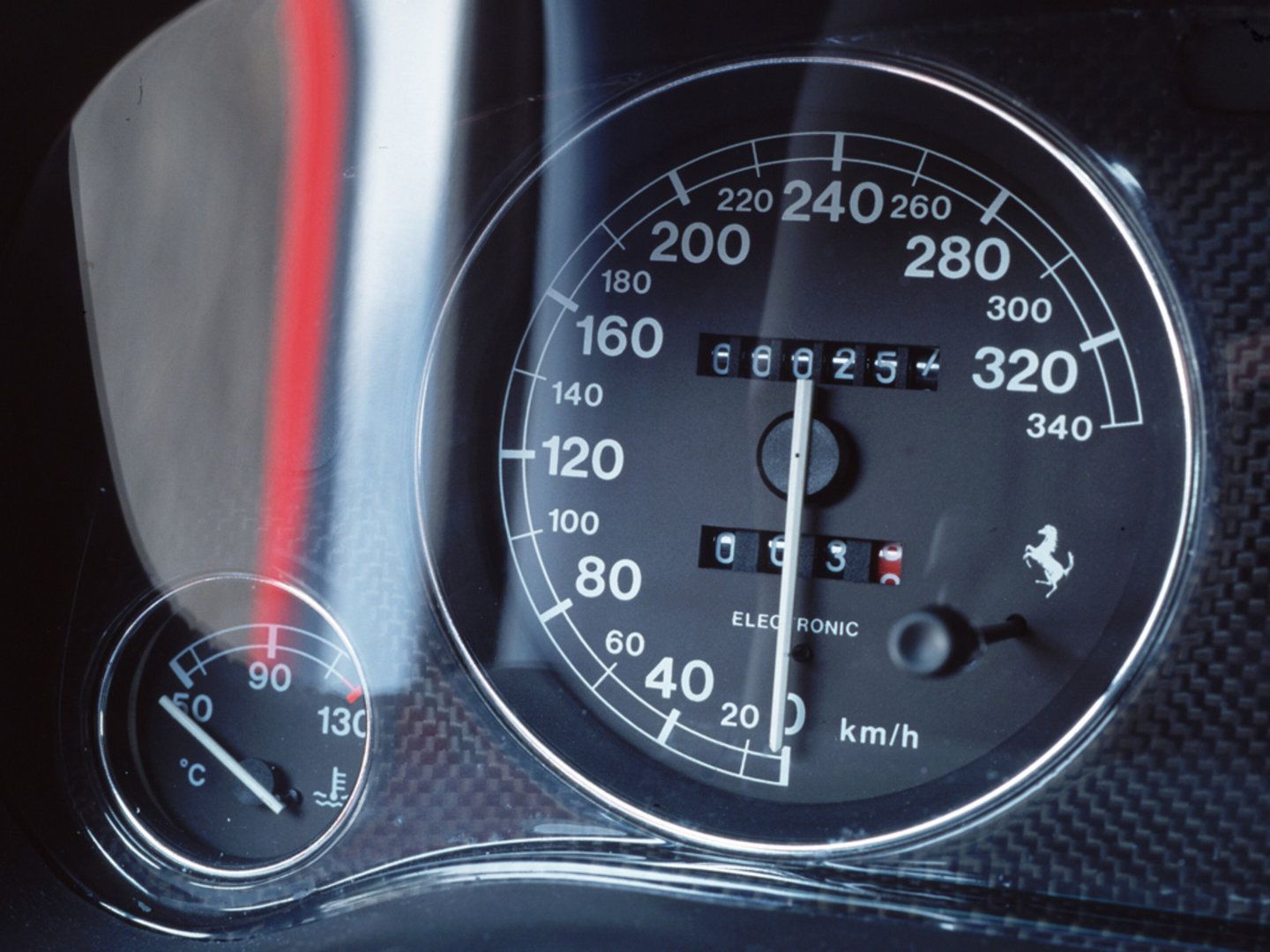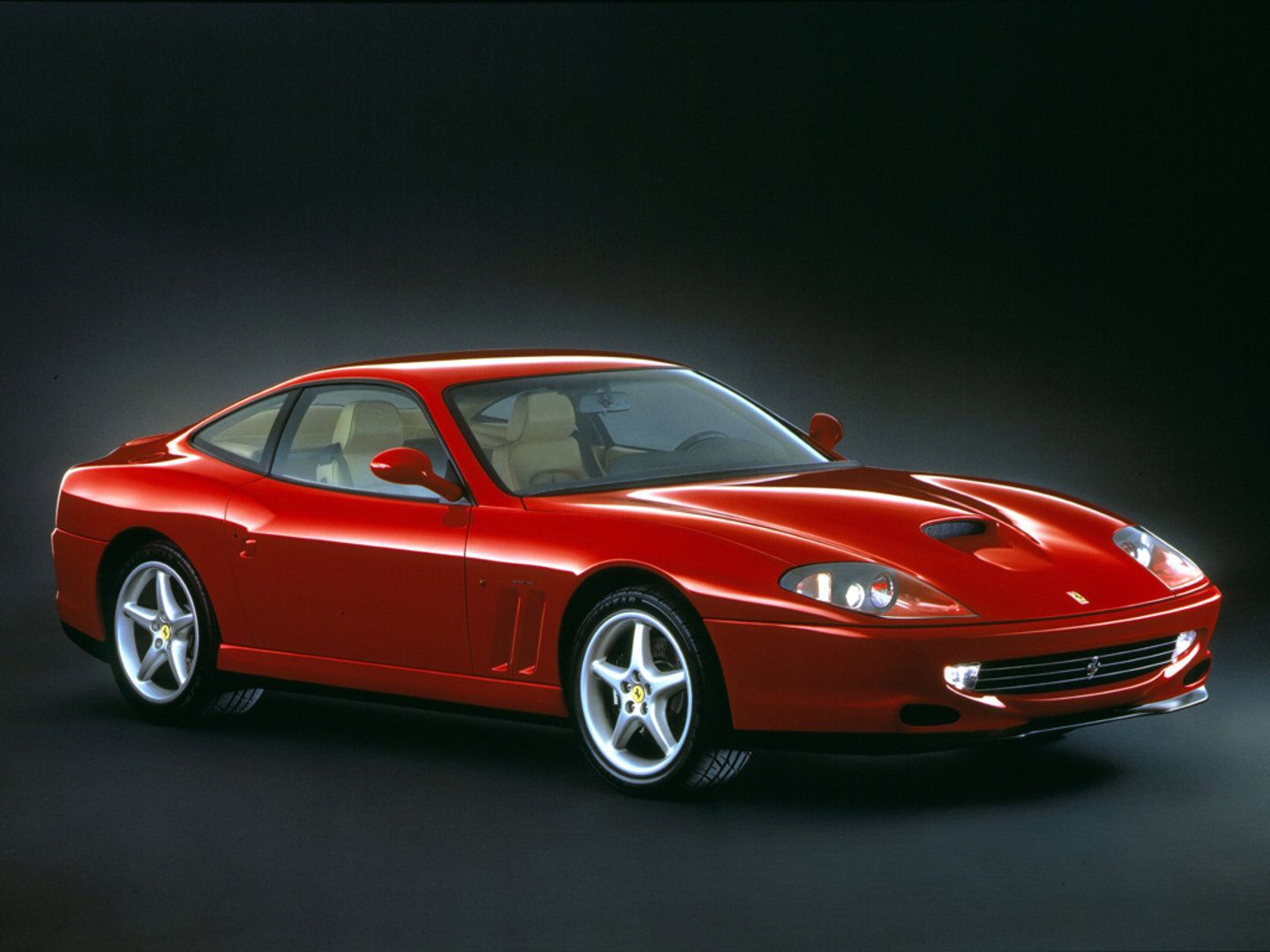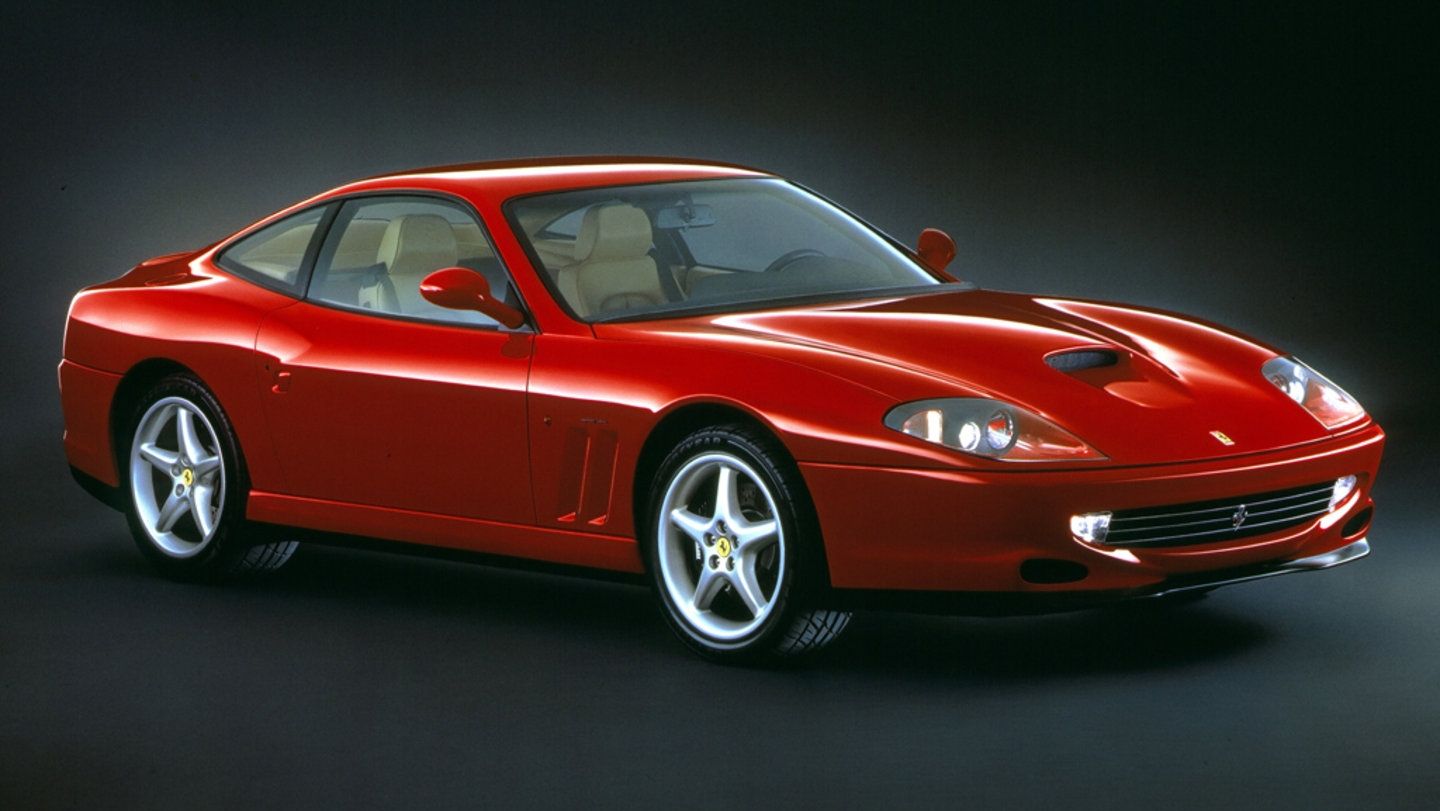When Maranello discontinued the 365 GTB/4 Daytona in 1973, it also put an end to the traditional front-engined, two-seat Ferrari,->ke252 replacing it with Berlinetta Boxer -- a sports car->ke506 that used a rear mid-engine layout. Though Ferrari kept offering front-engined grand tourers, the configuration wouldn't return for the two-seater sports car until 1996.
With Luca di Montezemolo named president of the brand in 1991, the Italians began working on a front-engined replacement for the F512 M. The end result was the 550 Maranello, which went on sale in 1996 to become the first front-engined two-seat Ferrari in 23 years.
Like many Ferraris, the 550->ke391 name referred to the engine's 5.5-liter displacement (in deciliters), while "Maranello" was added as a tribute to the company's home town. The grand tourer was introduced at the Nurburgring track in Germany in July 1996 and was discontinued in 2001, after a production run that included 3,083 units.
The 550 Maranello was replaced by the 575M Maranello, an improved version with a larger engine.
The sports car also spawned a convertible -- the 550 Barchetta -- and two concept cars, the Rossa and the 550 GTZ. Although the Maranello was not intended for motorsport, some privateer teams modified it for various racing series, creating the GT and the GTS. The latter's success prompted Ferrari to develop a race-spec version of the 575M.
Continue reading to learn more about the Ferrari 550 Maranello.
ferrari-550-maranello
- Make: Array
- Model: ferrari-550-maranello
1996 - 2001 Ferrari 550 Maranello
- Make: Array
- Model: 1996 - 2001 Ferrari 550 Maranello
- Horsepower: 485@7000
- Torque: 5000
- Transmission: 6-Speed Manual
Exterior
Although the 550 Maranello was a major departure from the F512 M, which had a rearward, mid-mounted engine layout, its styling wasn't exactly new. Built on a slightly altered version of the 456'->ke432s platform and penned by the same Lorenzo Ramaciotti at Pininfarina,->ke69 the 550 Maranello's overall design was similar the slightly larger 2+2 coupe.
However, while the 456 had pop-up headlamps and bumper-mounted turn signals and daytime running lights, the 550 received fixed lenses and a cleaner apron. The engine hood gained a power bulge and a big intake just above the Ferrari badge. Around back, the 550 featured four individual round taillights (the 456 had them grouped in pairs), a larger trunk lid spoiler, and a revised bumper. The rear fascia seemed more like an update to the 456 rather than a redesign.
When viewed from the side, though, the 550 Maranello looked like a brand-new Ferrari. The grand tourer had sculpted rear haunches, and thin C pillars. The front fender vents that created the deep recess on the 456's doors were gone, replaced by a pair of near horizontal gills. The wheelbase was also nearly four inches shorter.
Overall, the 550 Maranello had a sportier stance and a number of styling cues that paid homage to the 365 GTB/4 Daytona. Much like the 456, however, the grand tourer wasn't as striking as its predecessors.
Exterior Dimensions
|
Length |
4,550 MM (179.1339 Inches) |
|
Width |
1,935 MM (76.1811 Inches) |
|
Height |
1,277 MM (50.27 Inches) |
|
Wheelbase |
2,500 MM (98.42 Inches) |
|
Front track |
1,632 MM (64.25 Inches) |
|
Rear track |
1,586 MM (62.44 Inches) |
Interior
The 550's interior was a major departure from the F512 M's. The dashboard had a more organic design with flowing lines that extended into the door panels and the sporty seats. The instrument cluster and the center-mounted A/C vents were grouped in a single piece integrated into the dashboard. The center stack combined the F512 M's old-school design with modern cues that made the cockpit feel more luxurious.
Nearly every surface was covered in fine leather, which was available in a variety of colors, including two-tone combos. The bolstered seats provided hints that the 550 Maranello wasn't just a comfortable grand tourer, but also a car that could lap the world's most demanding race tracks any day of the week.
Drivetrain
The 550 Maranello was powered by a revised version of the Tipo F116 V-12 engine that debuted in the Ferrari 456. The naturally aspirated unit displaced 5.5 liters and had four valves per cylinder, dual overhead cams, and a variable length intake manifold. The V-12 cranked out 478 horsepower at 7,000 rpm and 419 pound-feet of twist from 5,000 rpm. Ferrari claimed the 550 could hit 62 mph from a standing start in 4.4 seconds before reaching a top speed of 199 mph. A test conducted by Motor Trend in 2000 revealed revealed a 0-to-60 mph sprint of 4.2 seconds and a 0-to-100 mph time of 9.6 seconds. These figures made it quicker than the Lamborghini Diablo.
The powerplant was mated to a six-speed manual gearbox that was located at the rear axle together with a limited-slip differential. The grand tourer was equipped with rack-and-pinion steering that had variable power assist, two-level adjustable traction control, and an anti-lock braking system.
The double wishbone suspension system had coaxial coil spring and damper units at all four corners and anti-roll bars in the front and rear. Stopping power was provided by vented disc brakes measuring 13 inches at the front and 12.2 inches at the rear.
Drivetrain Specifications
|
Type |
front, longitudinal 65° V12 |
|
Bore/stroke |
88 x 75 mm |
|
Unitary displacement |
456.16 cc |
|
Total displacement |
5473.91 cc |
|
Compression ratio |
10.8 : 1 |
|
Maximum power |
478 HP @ 7,000 RPM |
|
Power per liter |
89 hp/l |
|
Maximum torque |
419 LB-FT @ 5,000 RPM |
|
Valve actuation |
twin overhead camshafts per bank, four valves per cylinder |
|
Top speed |
320 KM/H (198 MPH) |
|
Acceleration 0-100 km/h |
4.4 seconds |
|
0-400 m |
12.5 seconds |
|
0-1000 m |
22.5 seconds |
Prices
At launch, the 550 Maranello was priced from $258,000, before options in the U.S. Ferrari built 3,083 units, 448 of which were convertibles. In the 21st century, several examples have changed hands for sums between $130,00 and $230,000. In 2015, Bonhams auctioned a 1997 model with only 3,707 miles on the odometer for £119,100 (about $184,000).
Competition
Aston Martin DB7 V12 Vantage
Even though the 1990s saw the launch of many new grand tourers, most of them were no match for the 550 Maranello's powerful V-12. While the Jaguar XK8's V-8 barely delivered 300 horses, the Aston Martin DB7's supercharged, inline-six generated only 335 horsepower. In 1999, however, Aston Martin launched the DB7 V12 Vantage, which had a 5.9-liter, V-12 under its hood. The unit churned 420 horsepower and 400 pound-feet of torque, pushing the coupe from 0 to 60 mph in 4.9 seconds on its way to a top speed of 186 mph. Sure, it was still slower than the 550 Maranello, but it became pretty popular with grand tourer enthusiasts. Unlike the Ferrari, the DB7 was available with either a six-speed manual gearbox or a five-speed automatic transmission.
Read more about the Aston Martin DB7 V12 Vantage here.
Conclusion
Though it wasn't as fast as the F355 and the F50, the 550 Maranello was an important addition to the Ferrari lineup -- mostly because it marked the return of the front-engined grand tourer after a 23-year hiatus. The 550's interior also set a new benchmark for Maranello through its refined design and never-before-seen luxury features. Granted, it wasn't the prettiest Ferrari of its era, but in many ways it succeeded in becoming a worthy spiritual successor of the iconic 365 GTB/4 Daytona.


